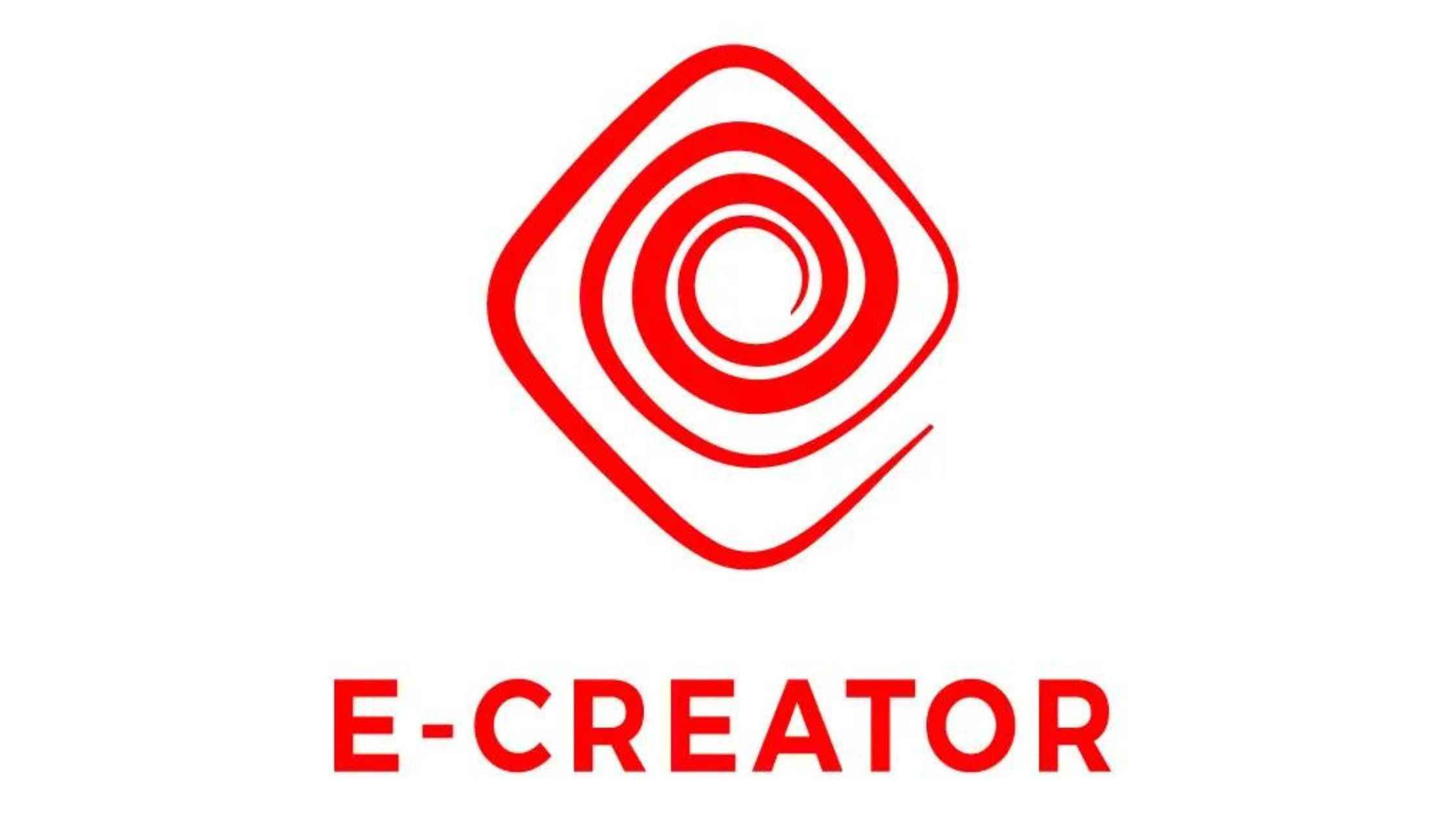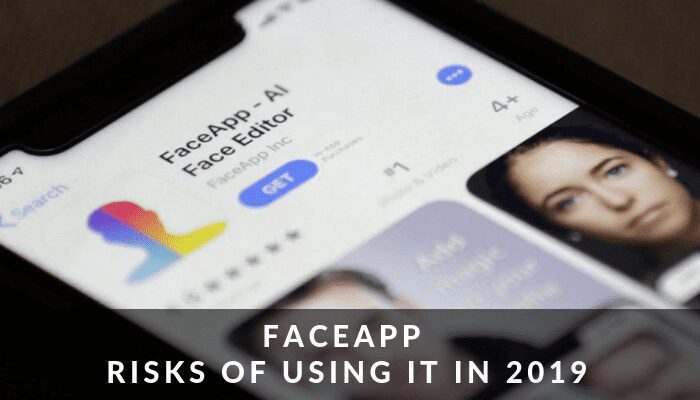
E-Creator: Unraveling the Scam Behind the Promise of Wealth
June 18, 2023
Complete List of Web Development Companies in Zimbabwe 2023
September 23, 2023Introduction
Backlinks are the backbone of successful Search Engine Optimization (SEO) strategies. They signal to search engines that your content is trusted and authoritative. However, in recent times, earning natural backlinks has become more challenging. This guide explores a subtle shift in approach that can help you regain the golden opportunity of natural link building for your website development.
The Value of Natural Backlinks
Natural backlinks, also known as earned or organic links, are endorsements from other websites without direct solicitation or payment. They are like a vote of confidence in your content’s quality and relevance.
In the past, acquiring natural links was comparatively easier. Today, webmasters and site owners understand the immense value of backlinks and have become more discerning in their distribution. This makes obtaining natural links a challenging yet highly rewarding endeavor.

The Ultimate Guide to Winning Backlinks with Subtle Changes
The Paradigm Shift
The key lies in creating content specifically tailored for bloggers, journalists, and editors – the very individuals who have the potential to grant you natural backlinks.
For instance, if you’re a marketer for a direct-to-consumer backpack company, consider allocating a portion of your content specifically for this audience. This shift doesn’t require a massive overhaul of your content strategy, but rather a strategic allocation of resources.
Content Ideas for Winning Backlinks
1. Tools
Developing tools that add value to your target audience can be a powerful way to attract natural backlinks. Take the example of Neil Patel’s Ubersuggest SEO tool, which has garnered tens of thousands of backlinks because of its usefulness and accessibility.
For your backpacking brand, consider creating a trip-planning app, a white-label weather tool, or even a customized Google map highlighting current trail conditions. These tools not only benefit your users but also create opportunities for others to link back to your site.
Here are some additional thoughts on how to create backlink-worthy tools:
- Make your tools easy to use and accessible. The more people who can use your tools, the more likely they are to link to them. Make sure your tools are well-designed and easy to understand, even for people who are not familiar with your industry.
- Make your tools free or low-cost. People are more likely to link to free or low-cost tools, as they are not making a financial investment in doing so. If you can, offer a freemium model, where users can access basic features for free and pay for more advanced features.
- Promote your tools on social media and other channels. Let people know about your tools through your website, social media, and other channels. You can also submit your tools to directories and review sites.
- Get involved in the community. Participate in online forums and communities related to your industry. This is a great way to get feedback on your tools and to connect with people who are likely to link to them.
Here are some specific examples of backlink-worthy tools that a backpacking brand could create:
- A trip-planning app that helps users plan their backpacking trips, including finding trails, creating itineraries, and tracking their progress.
- A white-label weather tool that allows users to customize their weather forecasts for specific locations.
- A customized Google map that highlights current trail conditions, such as trail closures and weather advisories.
- A tool that helps users find and book backpacking permits.
- A tool that helps users find and connect with other backpackers.
By creating tools that are valuable to your target audience, you can attract natural backlinks and improve your website’s SEO.
2. Data
Compiling and sharing unique data is another effective strategy. People love data, and they often link to it as a reference in their own content. Imagine if your backpacking brand conducted a survey on customer backpacking habits. The resulting data, presented as a whitepaper, would be valuable to outdoor enthusiasts and potentially attract backlinks.
Here are some additional thoughts on how to compile and share unique data to attract backlinks:
- Make sure your data is unique and valuable. The more unique and valuable your data is, the more likely people are to link to it. This means doing your research and finding data that is not easily accessible elsewhere.
- Present your data in a clear and concise way. People are more likely to link to data that is easy to understand and use. Make sure your data is presented in a clear and concise way, with clear headings and subheadings.
- Promote your data on social media and other channels. Let people know about your data through your website, social media, and other channels. You can also submit your data to directories and review sites.
- Get involved in the community. Participate in online forums and communities related to your industry. This is a great way to get feedback on your data and to connect with people who are likely to link to it.
Here are some specific examples of unique data that a backpacking brand could compile and share:
- A survey of customer backpacking habits, as you mentioned.
- A study of the best backpacking trails in a particular region.
- A breakdown of the cost of backpacking gear.
- A list of the most popular backpacking destinations.
- A guide to backpacking safety.
By compiling and sharing unique data, you can attract natural backlinks and improve your website’s SEO.
Here are some additional tips:
- Make sure your data is up-to-date. People are more likely to link to data that is up-to-date. Update your data regularly to ensure that it is accurate and relevant.
- Use visuals to present your data. People are more likely to engage with data that is presented visually. Use charts, graphs, and other visuals to make your data more appealing and easier to understand.
- Make your data available for download. This will make it easier for people to use your data in their own content. You can provide a link to a downloadable file or make your data available through a data sharing platform.
By following these tips, you can compile and share unique data that will attract natural backlinks and improve your website’s SEO.
3. Tutorials
In-depth tutorials or guides are highly valuable resources. They not only serve your audience by providing detailed insights but are also more likely to be cited and linked to by others. For instance, a video and article demonstrating emergency rappelling techniques for backpackers could be a highly shareable piece of content.
here are some additional thoughts on how to create backlink-worthy tutorials:
- Make sure your tutorials are comprehensive and informative. The more comprehensive and informative your tutorials are, the more likely people are to link to them. This means covering all of the important aspects of the topic and providing clear and concise instructions.
- Use visuals to illustrate your points. People are more likely to understand and retain information when it is presented visually. Use images, videos, and other visuals to illustrate your points in your tutorials.
- Make your tutorials easy to follow. Your tutorials should be easy to follow, even for people who are not familiar with the topic. Use clear and concise language and break down complex tasks into smaller steps.
- Promote your tutorials on social media and other channels. Let people know about your tutorials through your website, social media, and other channels. You can also submit your tutorials to directories and review sites.
- Get involved in the community. Participate in online forums and communities related to your industry. This is a great way to get feedback on your tutorials and to connect with people who are likely to link to them.
Here are some specific examples of backlink-worthy tutorials that a backpacking brand could create:
- A video tutorial on how to set up a backpacking tent.
- An article tutorial on how to choose the right backpacking backpack.
- A video tutorial on how to cook a meal over a campfire.
- An article tutorial on how to navigate using a map and compass.
- A video tutorial on how to first-aid a common backpacking injury.
By creating tutorials that are valuable and informative, you can attract natural backlinks and improve your website’s SEO.
Here are some additional tips:
- Make sure your tutorials are up-to-date. People are more likely to link to tutorials that are up-to-date. Update your tutorials regularly to ensure that they are accurate and relevant.
- Use keywords throughout your tutorials. When you use keywords throughout your tutorials, you make it more likely that people will find them when they are searching for information on the topic.
- Ask people to link to your tutorials. When you publish a new tutorial, ask people to link to it on their websites and social media pages. You can also offer incentives, such as a free ebook or discount code, for people who link to your tutorials.
By following these tips, you can create backlink-worthy tutorials that will attract natural backlinks and improve your website’s SEO.
Implementing the Subtle Change
This shift in your content strategy is incremental and shouldn’t overshadow your primary focus on catering to your potential customers. Instead, it complements your existing content and SEO efforts, offering a specialized approach to attract valuable natural backlinks.
Here are some tips on how to implement the subtle change:
- Start by identifying your target audience. Who are you trying to reach with your content? What are their interests and needs?
- Create content that is valuable to your target audience. This could include tutorials, data, or tools that they will find useful.
- Promote your content on social media and other channels. Let people know about your content and why it is valuable.
- Get involved in the community. Participate in online forums and communities related to your industry. This is a great way to get feedback on your content and to connect with people who are likely to link to it.
- Ask people to link to your content. When you publish a new piece of content, ask people to link to it on their websites and social media pages. You can also offer incentives, such as a free ebook or discount code, for people who link to your content.
By following these tips, you can implement the subtle change to win backlinks and improve your website’s SEO.
Here are some additional thoughts on how to make sure that the subtle change does not overshadow your primary focus:
- Set clear goals for your backlink strategy. What do you want to achieve with your backlink strategy? Do you want to increase traffic to your website? Improve your website’s ranking in search results?
- Track your results. It is important to track your results so that you can see what is working and what is not. This will help you to make necessary adjustments to your strategy.
- Be patient. It takes time to build up a strong backlink profile. Don’t expect to see results overnight. Just keep creating valuable content and promoting it, and you will eventually start to see backlinks coming in.
By following these tips, you can make sure that the subtle change to win backlinks does not overshadow your primary focus and that you achieve your desired results.
Conclusion
While natural backlinks may be harder to come by in today’s digital landscape, the rewards they offer in terms of SEO benefits and increased visibility are well worth the effort. By subtly adjusting your content strategy to include resources aimed at potential linkers, you can gradually build a strong backlink profile that propels your site to higher search engine rankings.
Additional Tips for Winning Backlinks
- Guest Blogging: Contribute high-quality content to reputable websites in your industry, ensuring it aligns with their audience’s interests.
- Engage in Discussions: Thoughtfully engage in blog comments and forum threads related to your niche, providing valuable insights and linking back to your content when relevant.
- Contests and Giveaways: Run engaging contests and giveaways, leveraging the opportunity to generate buzz and earn backlinks.
- Patience is Key: Building a robust backlink profile is a long-term endeavor. Stay consistent in creating valuable content and promoting it, and you’ll see a steady influx of backlinks over time.
This comprehensive guide equips you with a strategic approach to regain the golden opportunity of natural link building. By providing value to potential linkers, you’ll not only enhance your SEO efforts but also establish your brand as an authoritative voice in your industry. Remember, the key lies in subtlety – a thoughtful allocation of resources towards content that matters most.
FAQS
Backlinks are links from external websites that direct users to your site. They play a crucial role in SEO as they signal to search engines that your content is valuable and trustworthy. This can lead to higher rankings in search results.
Natural backlinks are earned without direct solicitation or payment, while paid backlinks are acquired through monetary transactions. Natural backlinks are highly valuable as they indicate organic endorsements from other sites.
In recent years, websites have become more discerning about issuing backlinks. They understand their value and are less likely to give them away freely. This makes it harder to secure natural backlinks without providing genuine value.
You can create content aimed at bloggers, journalists, and editors – individuals with the potential to provide a natural backlink. This content should be valuable, informative, and relevant to their audience.
Tools, data, and tutorials are particularly effective. Tools and apps that solve a problem or offer a unique function tend to be highly shareable. Unique data or perspectives can also attract links, as can in-depth tutorials or guides.
Promoting your content on social media, forums, and relevant online communities can help it reach a wider audience. Engaging with potential linkers and participating in discussions related to your content can also be effective.
Yes, winning backlinks is a gradual process. It requires consistently creating high-quality, valuable content and promoting it to the right audience. Over time, this can lead to a strong backlink profile and improved SEO.
Yes, guest blogging and commenting on relevant blogs and forums can be effective strategies for obtaining backlinks. However, it’s important to provide value and relevance in your contributions to increase the likelihood of earning backlinks.
Building a strong backlink profile takes time and persistence. It’s important to be patient and continue creating valuable content. Over time, your efforts will lead to an increase in backlinks and improved SEO.
You can use tools like Google Analytics to track the traffic generated from backlinks. Additionally, monitoring your website’s ranking in search results over time can provide valuable insights into the impact of your backlink acquisition strategy.




